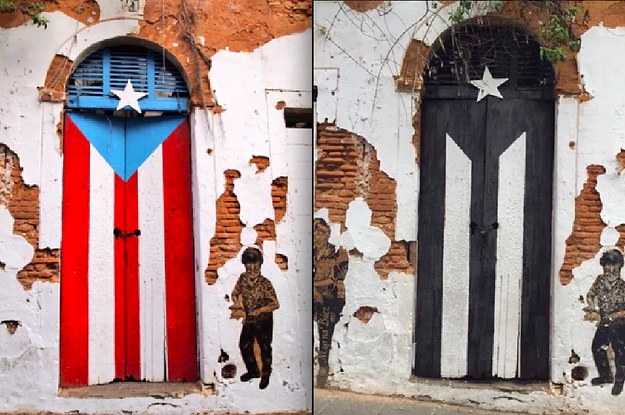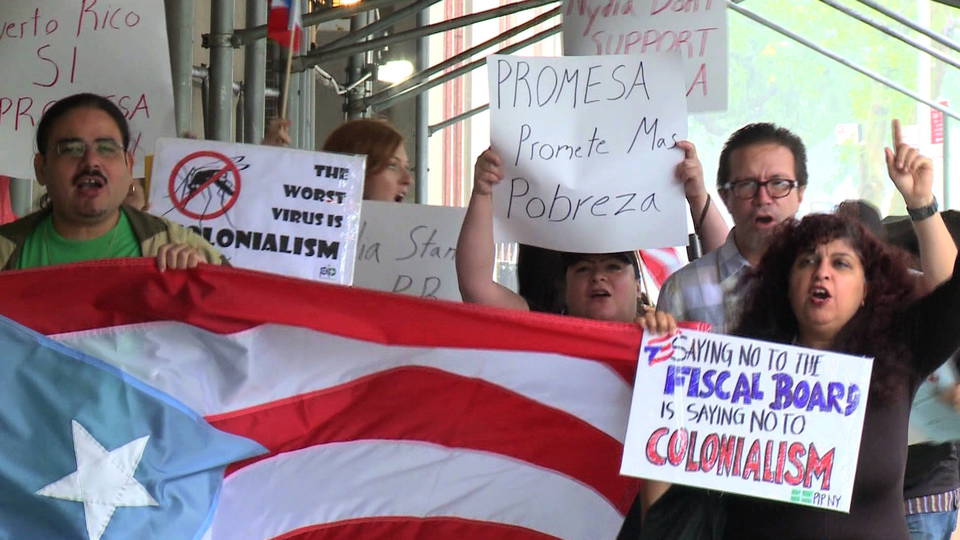Given the current political climate, I was really excited to do this project. The past month, let alone the beginning of the new administration, has led to an abundance of different news topics, policies, tragedies, scandals, and natural disasters. Normally I’m presented with an assignment, I’ll choose something that I can relate to or something I’m familiar with. This time I wanted to choose something that was an experience/ perspective that I haven’t had.
I decided to choose the commonwealth status of Puerto Rico and all the resentment and division that comes with it. The United States acquired Puerto Rico in 1898 and has since become an organized, unincorporated territory. Those on the island are Americans, making them natural born citizens, however, they are not granted the same rights as those who live on the mainland. They cannot vote for president and are disenfranchised on the national level. The local government has held many referendums on the status of the island to stay with the status quo, statehood, or independence. This question has deeply divided the people over the past decades. In 2017, a 5th referendum resulted in a 97% vote for statehood, however, they had a historically low voter turnout of 12.4%. Both hurricane Irma and Maria have led to increased tension and frustration with the United States and their management of the island.
I began my research of artists who made political statements. The first artist I came across was Ai Weiwei, whose art is critical of the Chinese government. This is a good parallel that I wanted in my own drawing. His “Marble Arm” sculpture shows a portion of a figure giving the middle finger. I thought this was both a funny and provocative piece that made me consider how I wanted the figure in my drawing to pose. Another artist I found was Hans Haacke and his “State of the Union” exhibition. These works prominently display the American flag and how the U.S. has become a more divided nation. The prominence of the flag made me want to incorporate the US and Puerto Rican flag into my own piece somehow since they are both so similar. Displaying both flags or using words to connotate a county would better anchor my drawing. Luis Camnitzer is a Latin American artist who uses text frequently in his works. His work “Leftovers” conveys the political turmoil in the region. It represents how insignificant and trivial certain members of society are. The text being used is the label “Leftover” alongside a number. Most of his artwork displays some kind of caption alongside the work and often with criticism of the government. One other significant influence is Barbara Kruger. Her powerful use of both caption and image was something I wanted to implement. Her consistent use of a red bar behind her text is seen in my drawing, a call to her and the red used in both the American and Puerto Rican flag.
Resources/Influences:
Barbara Kruger
Ai Weiwei
Hans Haacke
Luis Camnitzer
Arianna Chikki Cuesta
Rosenda Alvarez






-HIGH-RES.jpg)











